Dealing with Goodbye
Today was it. My last day working on the tundra. My last full day in the Arctic. My last day with Team Squirrel.
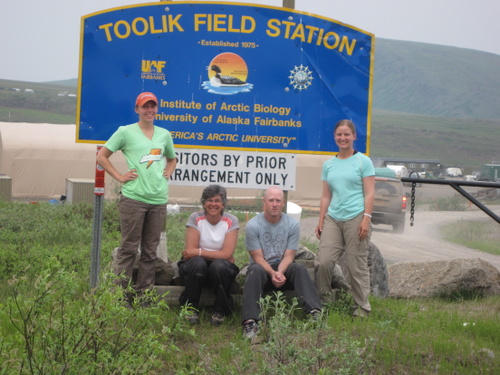
On one hand, I am ready to head home: I am ready to be back with David, excited about planning how to best share my adventures in the Arctic with my students and colleagues, looking forward to flush toilets and long showers, and craving Mexican food.
On the other hand, I hate leaving before Team Squirrel’s work is done (the rest of the team is staying about 5 days after I leave). I will miss the surprises around every corner, the beauty of the mountains, the cooler temperatures, and the sound of sik-siks chattering. Most of all, I will miss the people. Team Squirrel has spent just about every waking moment together during the last month. We laugh together, learn together, enjoy squirrel humor that the rest of the world won’t understand, and work hard together. We’ve learned how to work well as a team, drawing on each person’s strengths. It’s hard to believe that the four of us will likely never be together again.
Earlier this week, Kate and I commented on Jeanette’s fun “Team Squirrel” shirt. Apparently, all the members of Team Squirrel at the University have one, “earned through hard work and long hours”. Tonight, after dinner, Jeanette surprised Kate and me with our own “Team Squirrel” shirts and a written declaration from Dr. Brian Barnes, Director of the Institute of Arctic Biology, pronouncing us “Official Team Squirrel Members”!
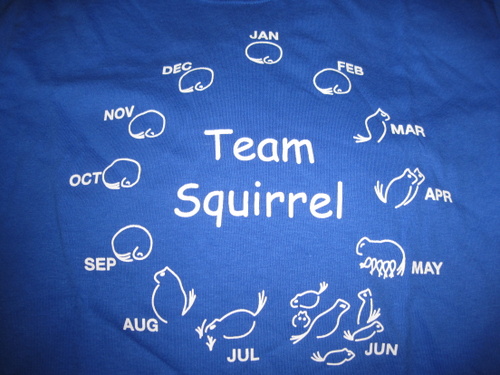
We’ll see each other at breakfast in the morning, then part ways when I hop into the truck for the long drive back to Fairbanks. Enough sappiness… Let’s talk science!
Downloading and Data
The Arctic ground squirrel research involves much more than just the phase-shift experiment I was involved in this summer. Data is constantly being gathered for ongoing and future research, including data about soil temperatures near squirrel burrows. There are dozens of soil temperature loggers scattered all over our Toolik and Atigun research sites. These loggers record the soil temperature one meter below the surface (about the depth of a squirrel burrow) at a regular interval (every four hours, if I recall correctly) and store the data until it is downloaded. That was our job today: downloading more than 30 soil loggers and replacing batteries as needed. Jeanette manned the computer, while I handled the paperwork, both of us swarmed by mosquitoes the entire time!
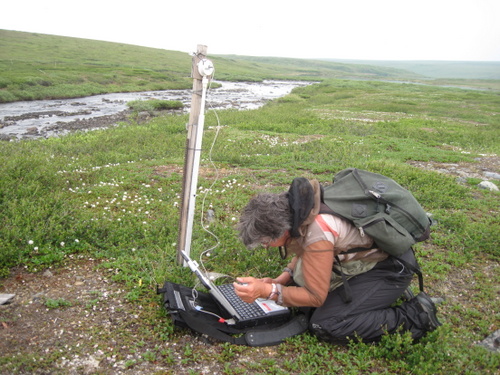
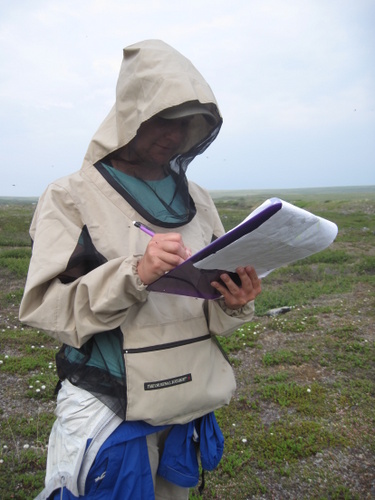
You just can’t appreciate the crazy numbers of mosquitoes here unless you experience it for yourself. Here is a video of mosquitoes swarming outside of the truck on the way to Atigun this morning. This is not unusual! I can’t say I will miss the mosquitoes!
http://.be
While Jeanette and I finished downloading soil loggers, Cory and Kate headed back to the lab to look at the data we have downloaded from the light collars of the squirrels in the experimental group (the ones that we phase-shifted by 12 hours). At first glance, it looks like the squirrels bounced back to their normal schedule almost immediately. It will require additional data from implanted body temperature loggers, further analysis of the light logger data from all animals in the experiment, analysis of the blood samples, and more before any real conclusions can be drawn. It is interesting to study the data and try to figure out the story that it tells!
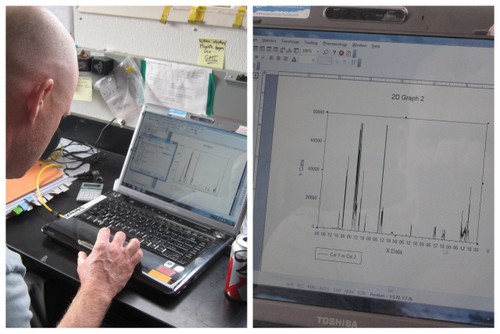


Comments